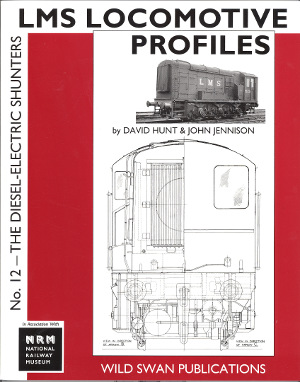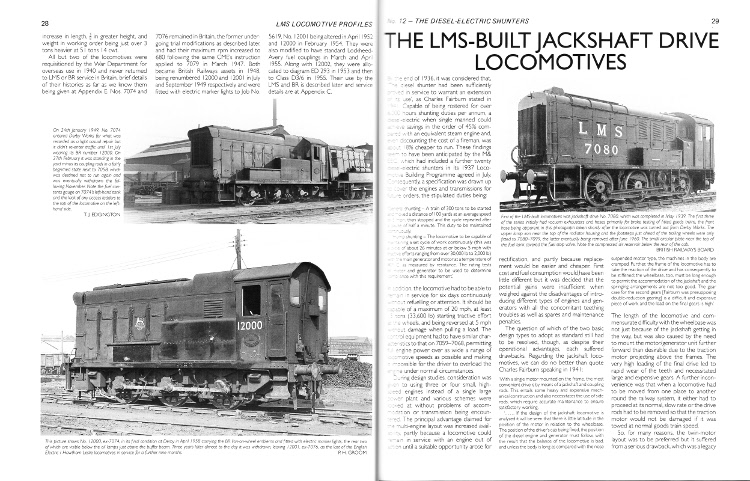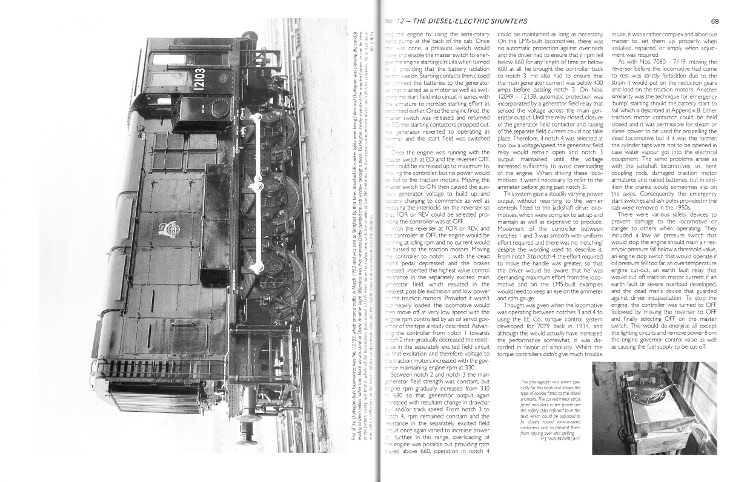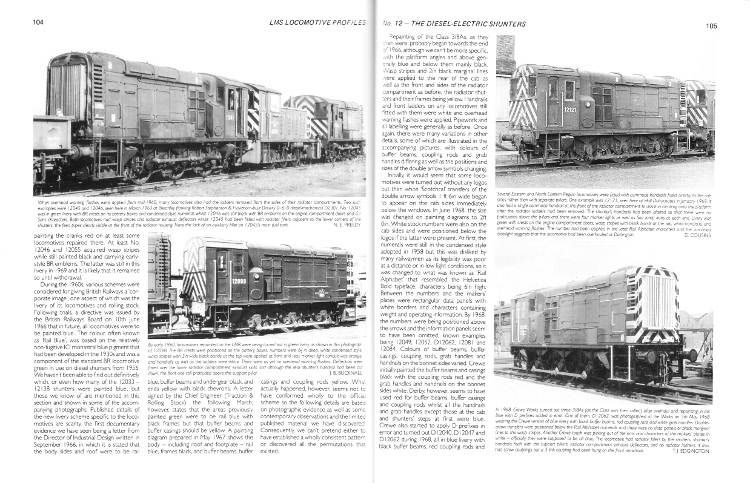Wild Swan Books
The Diesel Electric Shunters
LMS Loco Profile No.12
David Hunt & John Jennison

Softback - 122 pages - £19.95
Contents- Origins
- The First Diesel-Electrics
- The Remaining Contractor Built Locomotives
- Armstrong Whitworth
- English Electric / Hawthorn Leslie
- The LMS-Built Jackshaft Drive Locomotives
- Construction and Modification
- Operation
- The Standard Twin-Motor Locomotives
- Construction and Modification
- Operation
- The Locomotives in Service
- Allocation
- Employment
- Withdrawal
- Maintainance & Overhaul
- Livery
One use of diesel power for railway operation that was accepted in 1948, by Riddles and nearly everyone else, as being the answer to BR's requirements, was for shunting and in this field the LMS had been the British leader. In fact, it had more experience with diesel-electric shunting locomotives than any other railway company in the world outside the USA and in 1932 had built the first standard gauge diesel shunter specifically for use by a mainline British railway company.
It then went on to try out a range of them, the trials proving so successful that production of steam shunting locomotives ceased and by the outbreak of war in 1939 what was intended to be large-scale production of diesel-electrics had begun. The programme was undertaken jointly with English Electric and at first featured jackshaft drive locomotives, but that type was superseded by the twin-motor layout, which English Electric had pioneered in 1934.
The first standard twin-motor locomotives were actually built for the War Department in 1944, but LMS examples began to appear in 1945 and after nationalisation the design was perpetuated by BR, production continuing until 1952. With little alteration, it then formed the basis of what became the largest and possibly best known of all BR classes (the TOPS Class 08) of which no fewer than 996 were made.
This book covers the LMS designed diesel-electric locomotives that were in service with the LMS and British Railways. The construction and modification sections include details of the shunters engines, electrical equipment, traction motors and superstructure. The book is extensively illustrated with photographs of the locomotives under construction and in service. Twelve detailed drawings are included, four at large format printed on fold out pages bound into the book. The Appendices cover operating instructions, building and withdrawal dates, together with shed allocations for selected dates between 1944 and 1968.
Example Two Page Spread [1]

Example Two Page Spread [2]

Example Two Page Spread [3]
